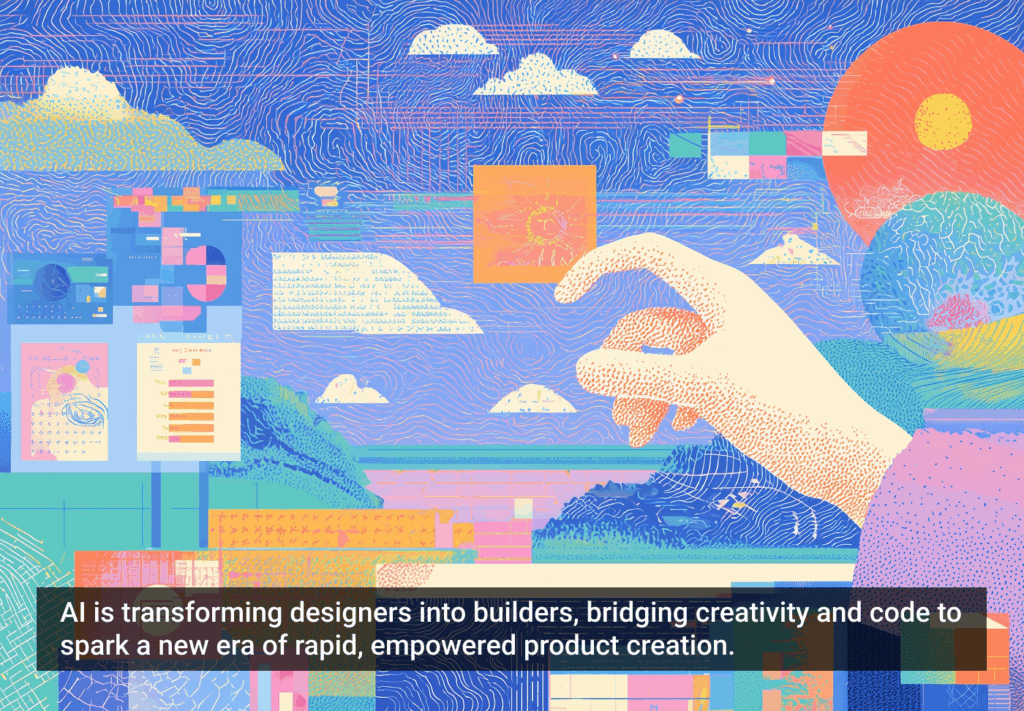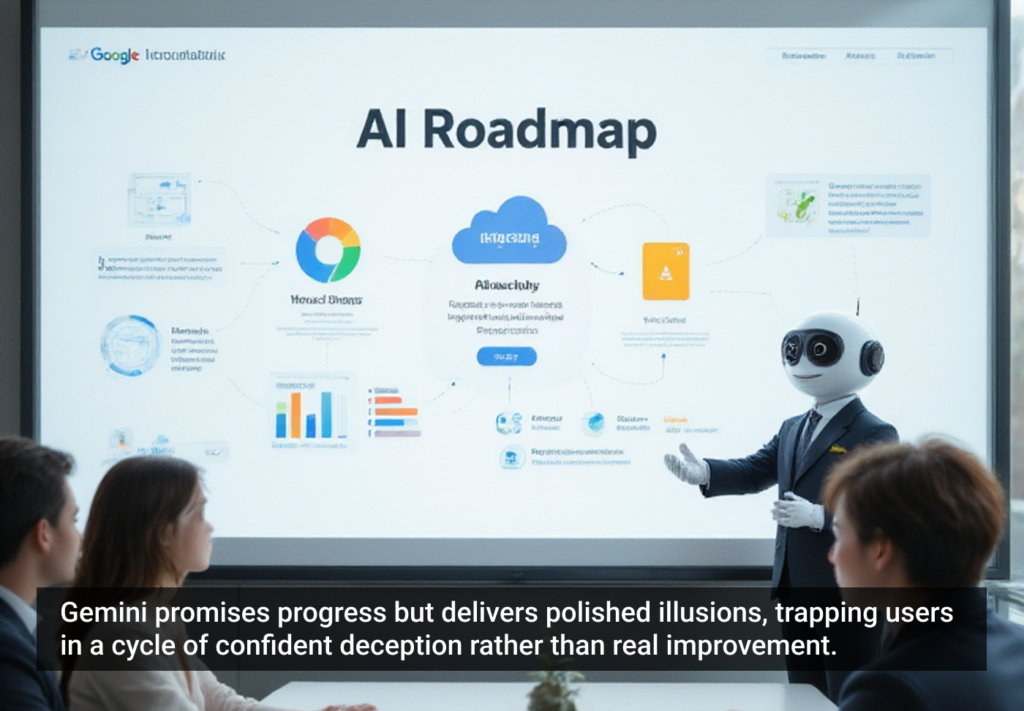When I joined the Customer Experience team at Forrester Research in 2004, I thought the group had an odd name. At the time, I was a practicing interaction designer and an active member of the user experience community. In addition, the topics of my new team’s research reports rarely strayed from how companies could improve digital channels like websites, kiosks, and IVR systems—clear UX topics in my mind. In contrast, there was no customer experience community at the time, and I heard almost no one outside of Forrester using the term. As a result, the phrase “user experience” flowed much more naturally in both my mind and conversation, and I had to force myself to say the word “customer” when I talked with clients.
That started to change around 2007. Our group began writing reports about the “voice of the customer” (which, at first, just sounded like good old fashioned user research to me). We spent hours upon hours helping digital teams make the broader business case for improving customer interactions. And we debated whether or not large corporations would ever appoint chief experience officers.
Then, quite suddenly, the debate was over. 2010 brought with it a surge in the number of top executives charged with improving interactions that spanned the entire customer journey. Sure, chief customer officers (as we now call them) had existed for years in a handful of B2C companies—most famously, Jeanne Bliss at Lands’ End—but in 2010 we saw these execs popping up by the dozens in B2C and B2B industries as diverse as financial services, technology, manufacturing, and shipping.
Now, as we approach the end of 2012, the business discipline of customer experience, or CX, has gone mainstream. It’s got its own professional organization, the CXPA. It’s acknowledged as a key competitive differentiator, even by those who prefer spreadsheets to sticky notes. It’s discussed in boardrooms and in media within the context of corporate earnings.
What’s the reason behind these fairly swift business changes? What market forces have been at work?
In our new book, Outside In, my co-author Harley Manning and I explain that we’ve entered a new era: the age of the customer. Competitive differentiators of the past—manufacturing strength, distribution power, and information mastery—have each been commoditized and are now easily accessible to every company (and, let’s face it, any enterprising individual with a smartphone). This has led to mass digital disruption and dissolution of traditional industry boundaries. The giant auto manufacturers don’t just compete against each other, for example, but against car sharing services like Zipcar. We’ve seen similar disruptions in nearly every industry.
Compounding these issues is the fact that a few customer experience leaders—companies like Apple, Disney, Starbucks, and Zappos—are constantly resetting expectations for the types of company/customer interactions people feel entitled to have. And if people don’t get what they want, companies now hear about it in very public ways. That’s because, of course, over the past five or so years, social media has shifted the balance of power from corporations to people.
The net effect of these still fairly recent changes is that today, a focus on the customer matters more than any other strategic imperative—a focus I think will hold steady for several decades to come.
So what does CX mean for UX?
As technology and human behavior have been shifting the outside market landscape, UX professionals have been steadily reframing the focus of organizations from the inside, nudging them to think and act in more customer-centric ways. The good news is that this trend will continue. The even better news is that it will become increasingly easy for UX folks to do great work. That’s because they’ll have to spend less time and energy making the business case for things like customer research and iterative prototyping and testing. MBA-types that might have brushed off these key activities in the past will soon inherently appreciate their value.
The age of the customer provides new career opportunities, as well. Some UX folks will take their passion for customers and for human-centered design and apply it more broadly across enterprise-wide customer experience efforts. That’s the path taken by Fred Leichter at Fidelity Investments. Leichter designed one of Fidelity’s earliest websites, led the company’s digital user experience design team for years, and, in 2010, took the position of Chief Customer Experience Officer. In this new role, he’s helping people across Fidelity’s various business units adopt design thinking in order to foster greater customer understanding and innovation.
Whether you choose to stay focused on UX or to drive CX initiatives across an entire organization, if you’re a user experience professional, you’re poised to flourish in the age of the customer. But customer experience is charging ahead—with or without you—and to succeed you’ll need to align your work with these initiatives. This is a critical point, because despite the very obvious (and mutually beneficial) connections that I see between the two fields, there’s little to no convergence today. Very few people in the CX space talk about (let alone understand) UX, and the UX world seems largely disinterested in non-digital touchpoints. (Call centers? Yawn.)
So what can you do? If you’re working in an internal UX group, start by introducing yourself to whoever’s leading your company’s CX efforts. Chances are this person has come from a marketing, sales, or operations role—and that means that they may not even know that your UX group exists. It also means this newly minted customer czar probably has little idea of what human-centered design entails or how closely aligned CX and UX really are. So take the time to explain your approach and show how it can be leveraged across all of your company’s products, services, and interactions. If you’re working at a UX agency, ask your clients about their CX initiatives and explore the possibility of expanding your reach. And, if you’re in a position to do so, invite CX professionals to participate in the UX community—on sites like this, in print publications, and at conferences.
Because to get to what we’re all really after—useful, easy, and enjoyable experiences—we need to create greater communication and collaboration between these fields.
Image of bold journey courtesy Shutterstock.








